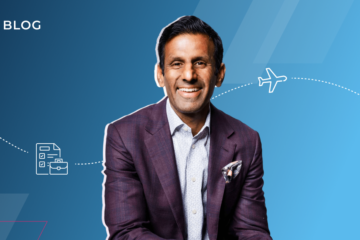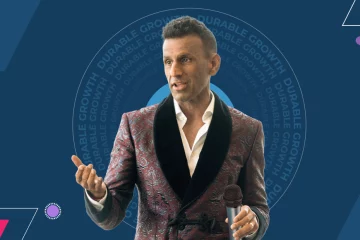How to Manage Your Customer Lifecycle From the Customer’s Perspective
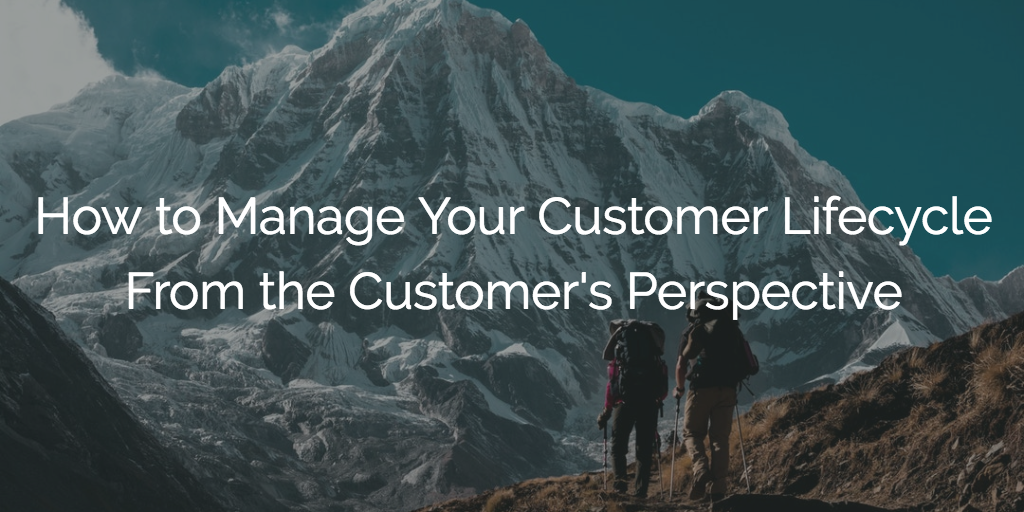
The Customer Journey is evolving
One of the biggest trends in Customer Success is the move to “outside in” Customer Success.
Instead of only focusing on internal metrics (churn, retention, NPS, etc.), the most sophisticated companies are looking from the outside in, starting with the customer’s experience and desired outcomes and working backward.
In other words, you are not the protagonist of your customer’s journey. It’s a natural tendency to think of ourselves as the hero, but in Customer Success, we’re an advisor, a guide, and (maybe) a friend. They’re Harry Potter, we’re Professor Dumbledore.
Because of this, we’re seeing more and more Customer Success (CS) initiatives aligning with Customer Experience (CX) initiatives. In this vein, many Customer Success leaders are driving or being pulled into Customer Journey projects. That’s the right move, and it’s right in line with my favorite equation:
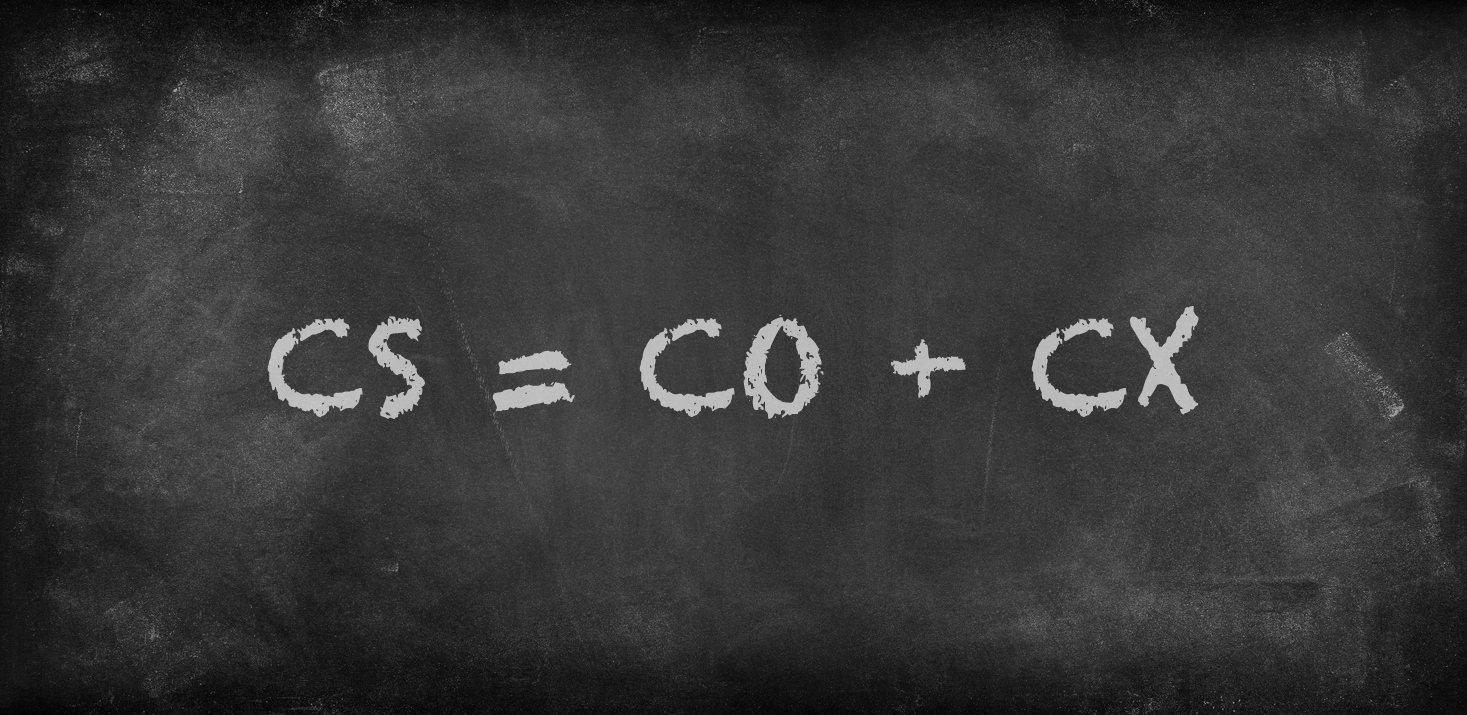
If you’re reading this, you probably have been through a Customer Journey workshop:

These can be super fun and can help your company align around your desired customer journey. The consultants that run these often have valuable insights, and almost as often, someone brings donuts!
However, too many companies end up with a whiteboard full of great ideas that ultimately don’t go anywhere.
So what’s different about our approach? At Gainsight, we are passionate about turning insights into action. We’ve done over 500 implementations, and we’ve learned a lot about best-practice processes, including for Lifecycle Management. We call our framework "Elements," and you can read more on it here.
Company centricity is on the rise
We’re also passionate about the idea that Customer Success isn’t a solo act. CS is much more than CSM (Customer Success Management).
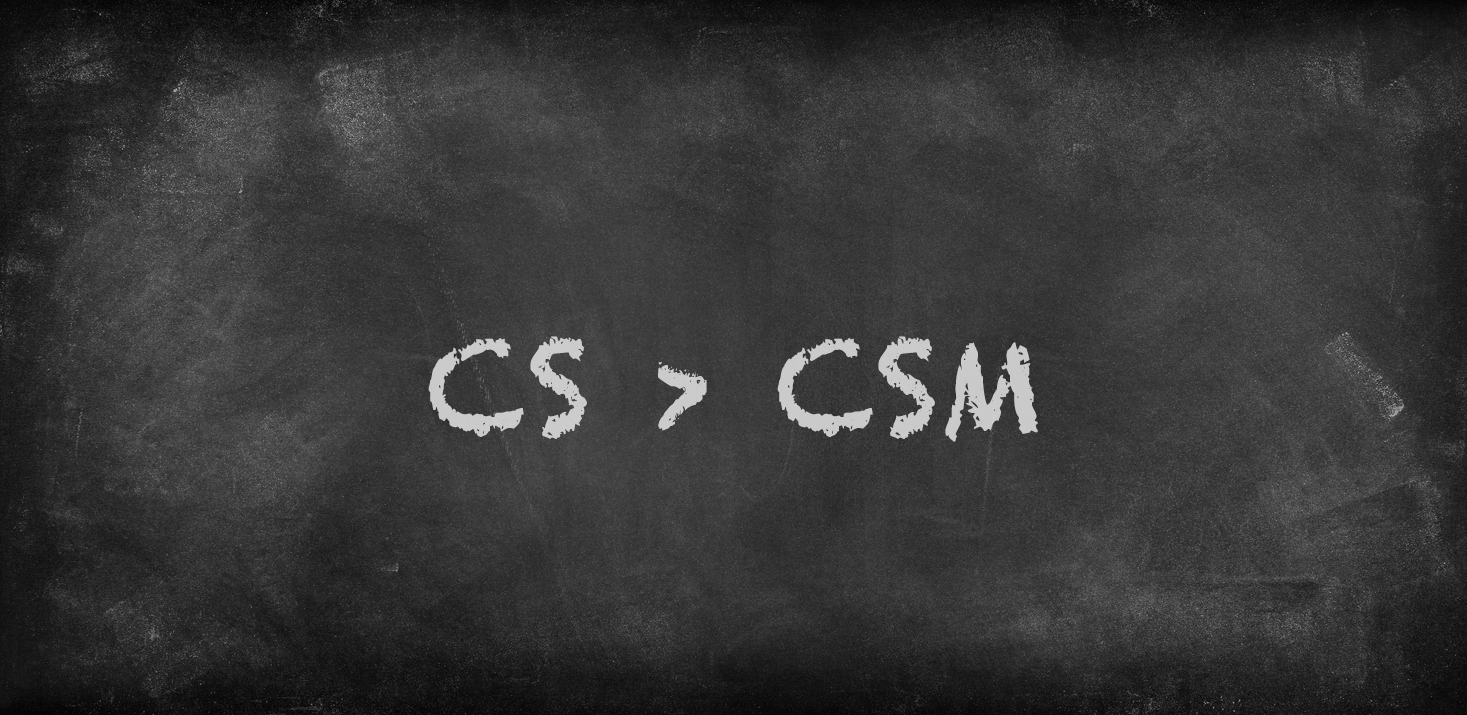
The most customer-centric companies look at their business as a symphony where all departments play along in rhythm and harmony to drive Customer Experiences and Outcomes.

But if you’re staring at a blank whiteboard (a blank sheet of music), it’s understandable if you don’t know where to start. If you haven’t already created a journey map, we’ve created a simple process chart to help organize the Customer Journey:
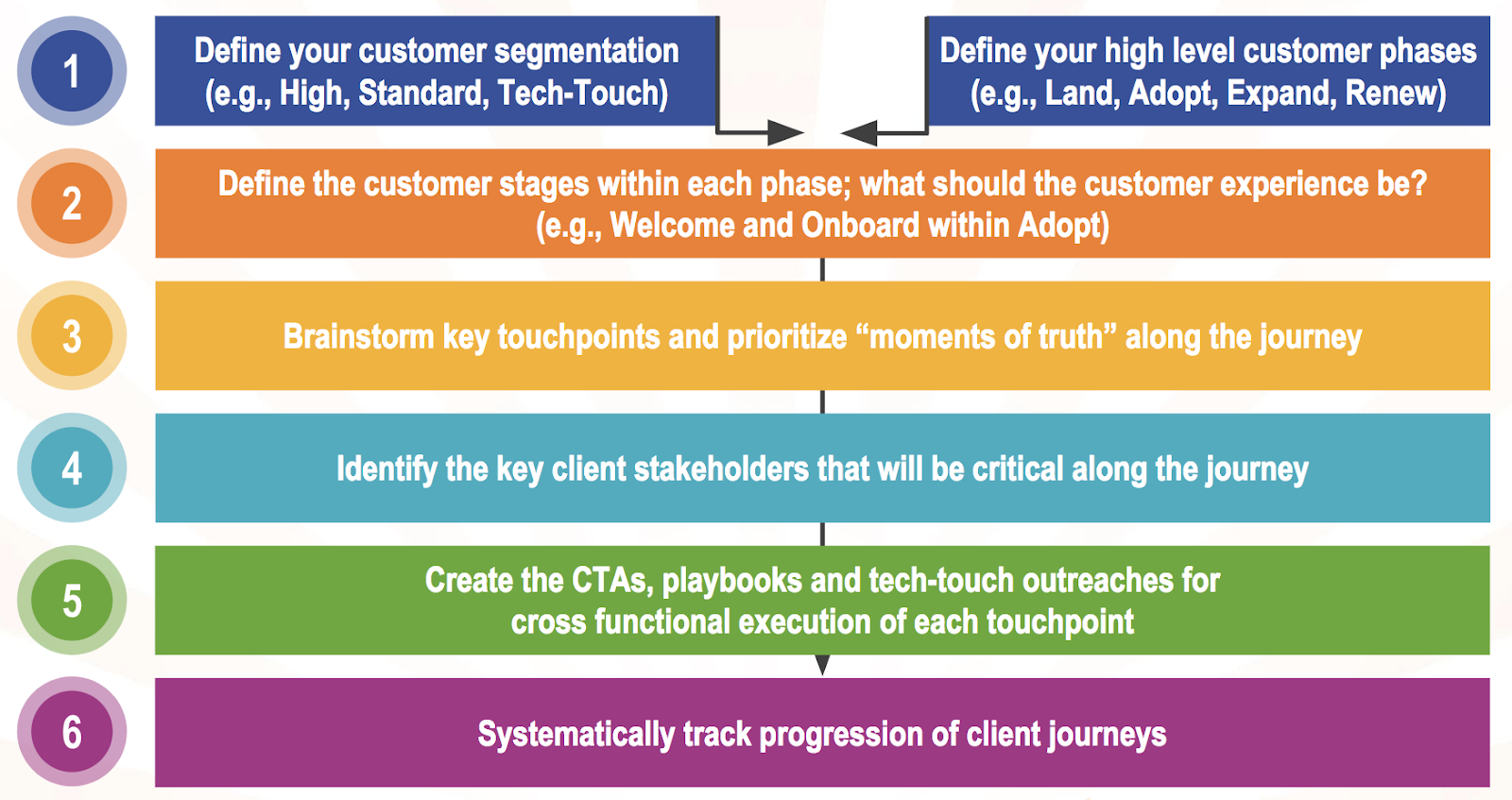
Let’s look closer at step three, because this is where we really need to start thinking of the customer as the hero of their story. In that story, your customer will have several key "Moments of Truth"—those few interactions (e.g., a lost credit card, a canceled flight, returning a damaged piece of clothing) when customers invest a high amount of emotional energy in the outcome.
Getting your customer to their desired outcome during these moments means you’re sometimes—perhaps often—going to put the client’s needs ahead of the company’s. In the end, this really IS what’s best for the company, but in the short term, some teammates’ agendas will need to be put aside, and some siloed teams will have to reach outside of their immediate mandate.
Here are some example Moments of Truth across your customer lifecycle:
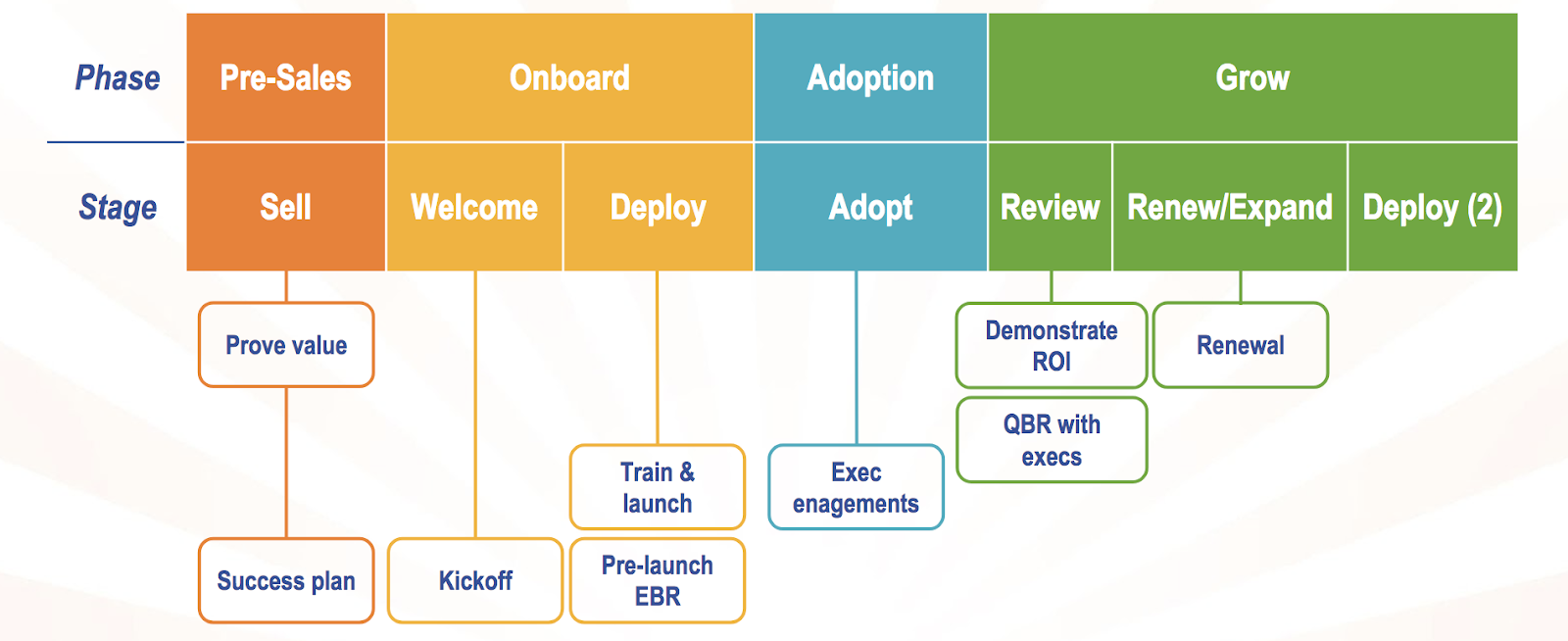
But now that we’re talking about taking action across functions at key touch points, it’s starting to sound more like an operational problem than a strategic one, which is where those great ideas on the whiteboard at the end of the journey mapping session tend to fall apart.
That’s why we built our Journey Orchestrator tool: to operationalize these key touch points across human and digital journeys to help your company consistently play beautiful music for your clients.
Operationalize the Customer Journey
In particular, Gainsight’s approach attempts to solve three core problems in operationalizing Customer Journeys.
1. How do I make sure the Customer Journey is consistently executed at scale?
Gainsight includes a data-driven business process engine focused on the Customer Journey. As you can see from a simple example below, you can define part of a journey or all of a journey (e.g., onboarding), create data-driven triggers (e.g., once sign-up has happened), drive human (workflow) and digital (email) actions, all with the goal of delivering a consistent Customer Experience:
2. How can I make sure that exceptions to the ideal Journey are handled?
When you’re the hero of your customer’s journey, they’re expected to adapt to your processes. Which means they’re being forced into a box they never signed up for. But when they’re the hero, you need to be flexible enough to adapt when there are exceptions. In particular, Gainsight allows you to define "off-ramps" where journeys that aren’t going well (e.g., customer hasn’t sent first envelope within 30 days) can have escalations: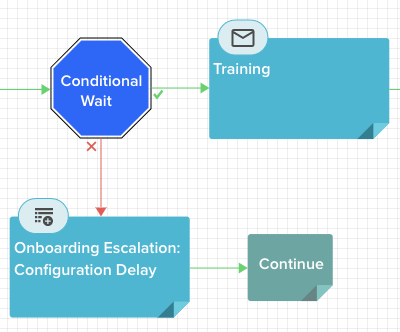
3. How can I view and optimize the Journey across clients?
Finally, Gainsight provides a real-time view (think of a traffic map) showing the actual journey, including how many clients are at various parts of the flow.
The numbers below show how many folks are at each part of the flow in real-time:
We’ve found that this solution fills a big gap in companies. Data Warehousing solutions can analyze data (e.g., Adoption Index) but don’t drive action. Email Marketing solutions are great at mass campaigns, but aren’t designed for data-driven journeys blending human AND digital action. And CRM workflows aren’t multi-step and don’t cover the human/digital blend. And of course, all of this integrates tightly with Salesforce.com.
A scalable solution to any business problem is necessarily going to involve a combination of three things: people, process, and technology. When you think about optimizing your Customer Journey, there’s no way you can get by with two out of the three.
Our Lifecycle Management Element is the perfect synthesis of people, process, and technology, and like I said before, that’s based on more than 500 implementations. Click here to read a lot more about it.

